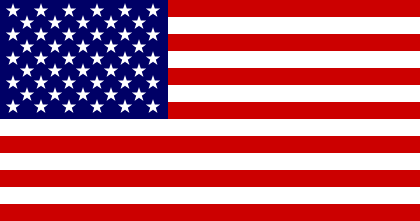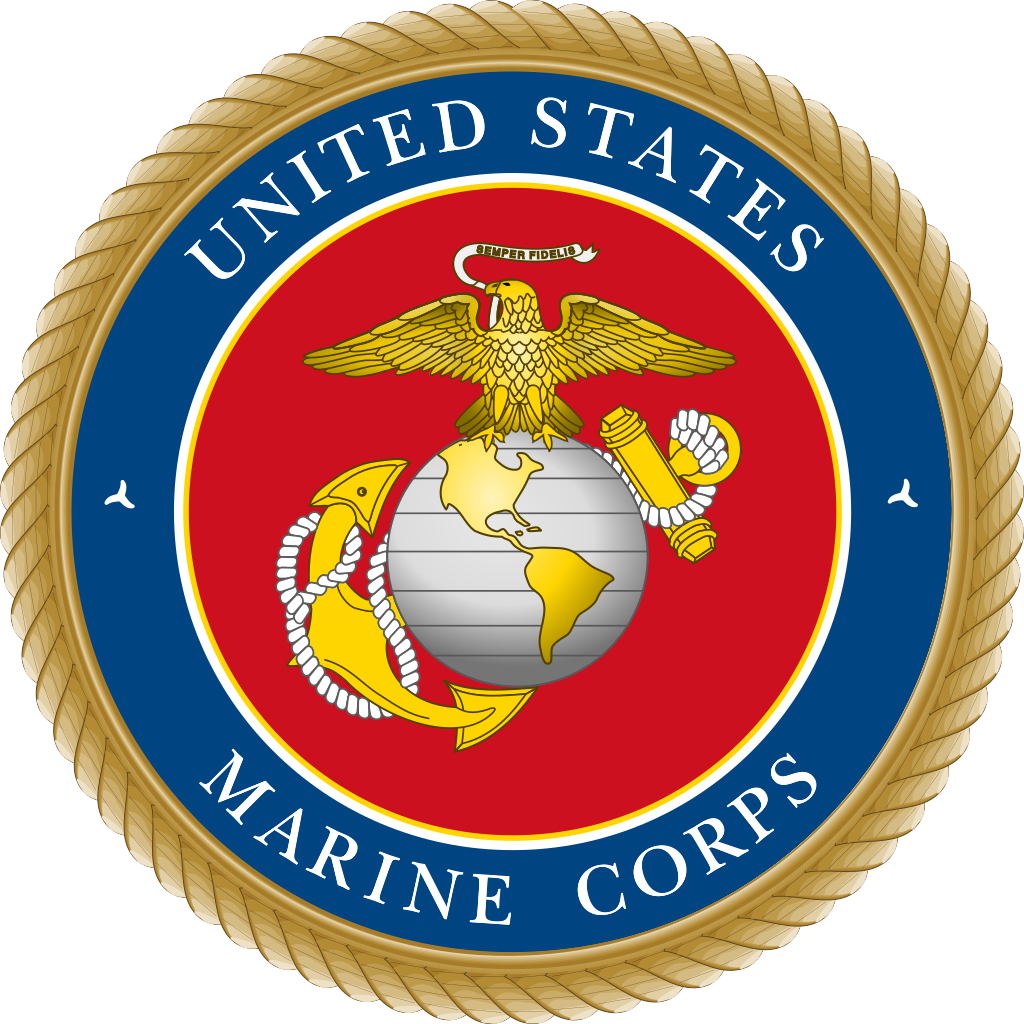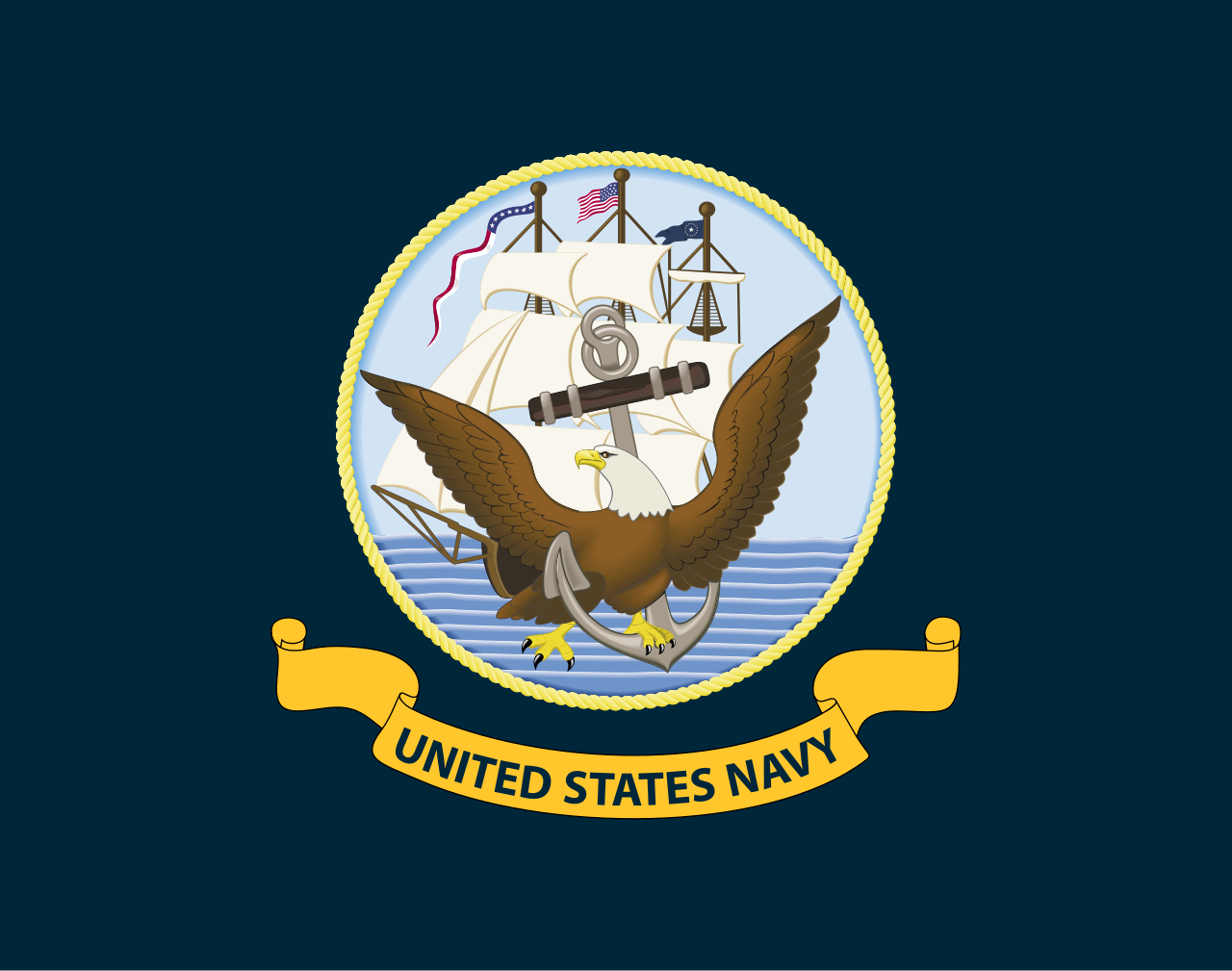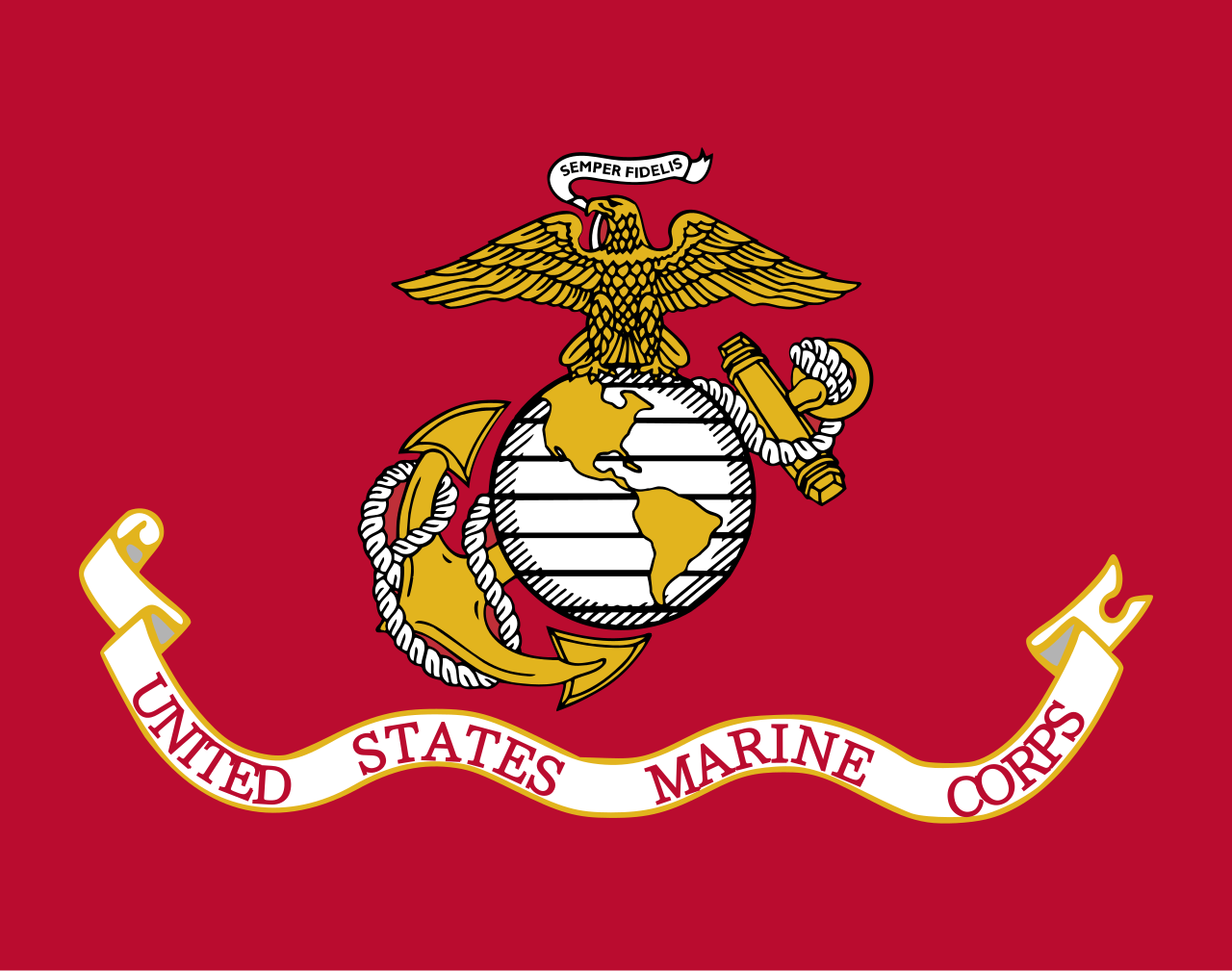- Jul 12, 2018
- 10,492

|
OPERATION POSEIDON |
TOP SECRET |

| 
NAVY DEPLOYMENT | 
|
|
CARRIER STRIKE GROUP ONE
Rear Admiral Edmund J. Nelson
Rear Admiral Edmund J. Nelson
| SHIP CLASS | VESSEL | COMPLIMENT | HOME PORT |
| Enterprise-class Aircraft Carrier | USS Enterprise | Total: 5800 / Compliment: 3000 / Pilots: 250 / Support: 1,550 | Naval Support Activity Hampton Roads, Virginia |
| Ticonderoga-class Guided Missile Cruiser | USS Ticonderoga | 330 | Naval Support Activity Hampton Roads, Virginia |
| Ticonderoga-class Guided Missile Cruiser | USS Yorktown | 330 | Naval Support Activity Hampton Roads, Virginia |
| Arleigh Burke-class Guided Missile Destroyer | USS Arleigh Burke | 323 | Naval Support Activity Hampton Roads, Virginia |
| Arleigh Burke-class Guided Missile Destroyer | USS Barry | 323 | Naval Support Activity Hampton Roads, Virginia |
| Arleigh Burke-class Guided Missile Destroyer | USS John Paul Jones | 323 | Naval Support Activity Hampton Roads, Virginia |
| Spruance-class Destroyer | USS Spruance | 334 | Naval Support Activity Hampton Roads, Virginia |
| Spruance-class Destroyer | USS Paul F. Foster | 334 | Naval Support Activity Hampton Roads, Virginia |
| Virginia-class Submarine | USS Virginia | 135 | Naval Support Activity Hampton Roads, Virginia |
| Virginia-class Submarine | USS Texas | 135 | Naval Support Activity Hampton Roads, Virginia |
| Supply-class Support Ship | USS Supply | 600 | Naval Support Activity Hampton Roads, Virginia |
| Supply-class Support Ship | USS Rainer | 600 | Naval Support Activity Hampton Roads, Virginia |
| Henry J. Kaiser-class Replenishment Oiler | USNS Henry J. Kaiser | 113 | Naval Support Activity Hampton Roads, Virginia |
| Henry J. Kaiser-class Replenishment Oiler | USNS Joshua Humphreys | 113 | Naval Support Activity Hampton Roads, Virginia |
DETAILS
Enterprise-class - Fully Fueled; Aviation reserves fully fueled; Non-perishable food/water for 3 month journey; Standard armaments including: x3 NATO Sea Sparrow; x3 Phalanx CIWS; x2 RAM launchers; Standard countermasures/decoys; x55 Boeing F/A-18E/F Super Hornet and all of their necessary armaments and equipment; x10 Sikorsky UH-60L Black Hawk; x5 Northrop Grumman E-2C Hawkeye; x2 C-25 Greyhound.
Ticonderoga-class - Fully Fueled; Non-perishable food/water for 3 month journey; x8 RGM-84 Harpoon missiles; x2 5 in 62 caliber Mark 45 Mod 4 lightweight gun; x2 25 mm (0.98 in) Mk 38 gun; x4 .50 in (12.7 mm) cal. machine gun; x2 Phalanx CIWS Block 1B; x2 Mk 32 12.75 in (324 mm) triple torpedo tubes (standard reserve of Mk 46 torpedoes); x2 61 cell Mk 41 vertical launch systems containing: x42 BGM-109 Tomahawk, x35 RIM-66 Standard MR, x20 RIM-67 Standard ER, x15 RIM-161 SM-3, x10 RUM-139A VL-ASROC; Standard countermeasures/decoys; x2 Sikorsky MH-60S.
Arleigh Burke-class - Fully Fueled; Non-perishable food/water for 3 month journey; x1 5-inch (127 mm)/62 Mk. 45 Mod 4 (lightweight gun); x2 20 mm Phalanx CIWS; x2 25 mm M242 Bushmaster chain gun; x2 Mk 141 Harpoon Anti-Ship Missile Launcher; 96-cell Mk 41 VLS: x15 RUM-139A VL-ASROC, x10 RIM-161 SM-3, x30 RIM-66 Standard MR, x16 RIM-67 Standard ER, x25 BGM-109 Tomahawk; x2 Mark 32 triple torpedo tubes: a mixed-storage of Mark 46, 50, and 54 torpedoes; Standard countermeasures/decoys; x1 Sikorsky MH-60S.
Spruance-class - Fully Fueled; Non-perishable food/water for 3 month journey; x2 5 in 54 caliber Mark 45 dual purpose guns; x2 20 mm Phalanx CIWS Mark 15 guns; x1 8 cell NATO Sea Sparrow Mark 29 missile launcher; x2 quadruple Harpoon missile canisters; x2 Mark 32 triple 12.75 in torpedo tubes (standard reserve of Mk 46 torpedoes); x1 21 cell RIM-116 Rolling Airframe Missile; x1 61 cell Mk 41 VLS: x31 BGM-109 Tomahawk, x24 RIM-66 Standard MR, x6 RUM-139A VL-ASROC; Standard countermeasures/decoys; x2 Sikorsky MH-60S.
Virginia-class - Fully Fueled; Non-perishable food/water for 3 month journey; x12 VLS tubes + 12 Tomahawk BGM-109 missiles, x4 533 mm torpedo tubes + 13 Mk-48 torpedoes.
Supply-class - Fully Fueled; Fully-stocked with non-perishable food/water for 6 month journey of the entire fleet (on top of the resources the respective ships already have); complete storage of usable fuel for aforementioned vessels; complete storage of aviation fuel for aforementioned aircraft; x2 Sikorsky MH-60S.
Henry J. Kaiser-class Replenishment Oiler - Fully Fueled; Fully-stocked with non-perishable food/water for 6 month journey; complete storage of usable fuel for all conventionally-powered vessels for 6 month journey; complete storage of aviation fuel for all aircraft in the fleet for 6 month deployment.
|

| 
MARINE CORPS DEPLOYMENT | 
|
|
2nd Marine Regiment
Colonel Matthew Hunt
Colonel Matthew Hunt
| UNIT | HOMEBASE | GROUND FORCES |
| 6th Battalion | Camp Lejeune, North Carolina | 1000 |
DETAILS
Maines - x1 Combat uniform; x1 Interceptor Multi-Threat Body Armor System; x1 Modular Integrated Communications Helmet; M40 field protective mask; x1 M16A4 + x1 holographic site + x4 additional magazines; Beretta M9 + 4 additional clips; x2 M84 stun grenades; x2 M67 Hand Grenade; x1 AN-M18 Smoke grenade; x1 charged MCRP 3-403B (for officers and NCOs).
|

| 
DEPLOYMENT ORDERS | 
|
|
CONTEXT
Operation Leapfrog was considered to be an exceptional success by the Navy. There has been a substantial gap in time since the last American aircraft carrier had made a trans-oceanic journey. While it has remained secret that Carrier Strike Group 1 (CSG-1) had numerous extra frigates, cruisers, and destroyers added to it so that a blockade, or "Quarantine," of Eastern Russia could be performed along with possible assistance from the Korean Navy. This decision came directly from the President after a lengthy discussion with the Joint Chiefs of Staff at the White House. The mission of Operation Leapfrog changed from simply repositioning CSG-1 to preventing other countries from providing material aid to the communist separatists in Russia. Ultimately, the United States Navy and Marine Corps were prepared to go kinetic in order to defend the the sovereignty of Korea. After returning home, and with the start of Operation Neptune, the Navy decided to move forward with making the strategic deployment of American carriers for a variety of reasons, but primarily to: justify the acquirement of more CSGs, coordinate with the Navy to reiterate the importance of surface fleets, and to provide the Navy the capability to more rapidly respond to international crises by already having a fleet at sea. Due to the declared war between the Kingdom of Sweden and the Republic of South Africa, the President ordered CSG-1s deployment to the South Atlantic and to possibly expand the operation to include Air Force reconnaissance vehicles once the fleet had made it to their destination.
ATLANTIC THEATER
The 6th Marine Battalion were flown in to Naval Support Activity Hampton Roads in Virginia. The entire 6th Battalion was loaded onto the Enterprise-class supercarrier, USS Enterprise. Afterwards, all of the above listed ships were mobilized and deployed with their uniformed and well-rested crews (in the manner in which they are described above), equipment, and vehicles out into the open Atlantic Ocean. The ships were arranged so that the carrier was at the center of the formation; the Supply-class and Henry J. Kaiser-class vessels sailed on either side of the carrier; the Ticonderogas sailed ahead and behind of the carrier; the Arleigh Burke destroyers were positioned so that two escorted the carrier from the front, one was on either side, and one sailed in front of the leading Ticonderoga; one of the Virginia-class submarines was underwater at the top right of the formation while the other was at the bottom left of the formation; trailing behind the fleet were the two Spruance-class destroyers. The spacing between ships was to U.S. Navy rules and regulations and were spaced so that there was sufficient room for the vessels to make dramatic maneuvers. Other than the submarines which were 750 feet below the water level, no ship was closer than 800 feet to the other ships - the only exception to this would be when the Supply-class ships were resupplying or refueling the other ships. The submarines would of course submerge once they were out to sea and it was safe to do so. Once the fleet was in international waters, they would sail out from the East Coast of the United States, into the open North Atlantic Ocean, into the Sargasso Sea, and then back into the Atlantic, past the equator and into the Southern Atlantic Ocean, and to 250 miles off the coast of South Africa (specifically south south-west of Cape Town, South Africa). The vessels would be resupplied (or refueled) from the Supply-class ships when necessary. At all times one of the E-2C Hawkeyes were in the air at cruising altitude to securely provide live Early Warning Data to the fleet by using its equipment and instruments on board. The E-2Cs would take shifts of five hours, or would switch out before they had expended 20% of their fuel. They were piloted by navy pilots who were wearing their proper uniforms, gear, and flight suits in order to properly function in and survive the operation. All of the ships and boats would use their active and passive radar and sonar in order to detect for vessels or aircraft - any such vehicle would be securely reported to the flag bridge of the Enterprise. The U.S. Navy did not publish that this deployment was taking place and there was no press release of it doing so.
TRANSIT
FM>GL>HK>HJ>II>IH>IG>JF
|
Connor Owen


